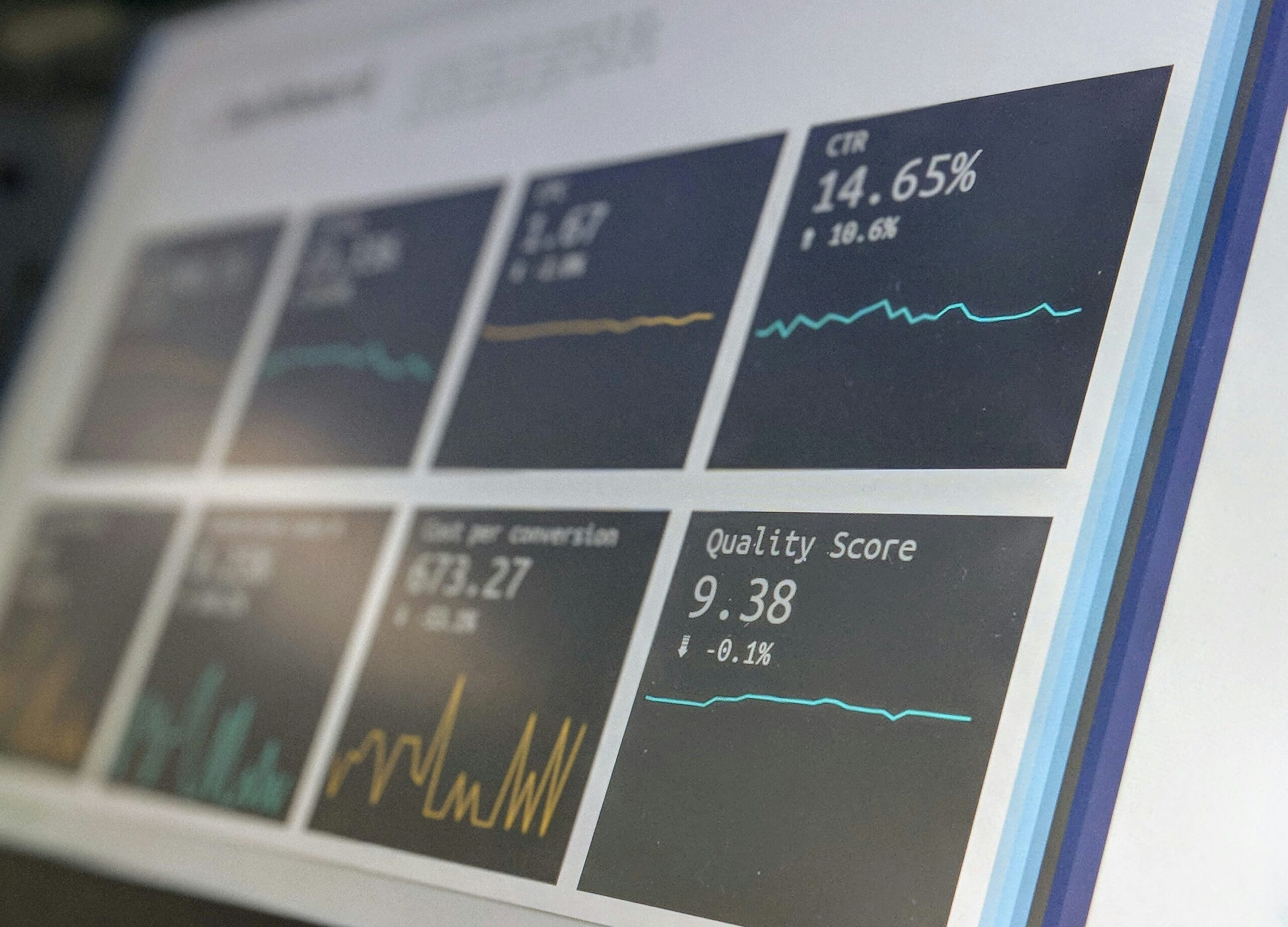Blogs
Harnessing the Potential Behind Technological Advancements in PR

As we use the new, advanced PR tools, the outcomes we deliver to our clients are also enhanced in quality and effectiveness. However, harnessing the power of data requires addressing inherent challenges surrounding quality, integration, ethics, and more. This piece will explore how the PR industry has advanced with the power of data analytics, and signal the potential challenges induced by this advancement.
Campaign Result Measurement
Advancements in data analytics have greatly improved campaign measurement. We can now access insights such as Unique Visitors Per Month (UVPM), clicks on articles, social media shares, and a range of engagement metrics. These metrics help measure the success of a media result by assessing reach, audience engagement, amplification, and sentiment analysis, allowing for a more comprehensive understanding of campaign performance and informed decision-making for future campaigns.
For example, by analyzing social media engagement metrics such as likes, comments, shares, and overall interaction, PR professionals can gain valuable insights into the effectiveness of their social media campaigns. These insights enable them to identify high-engagement posts, understand audience preferences, optimize content strategies, and make informed decisions to enhance their social media presence.
Media Monitoring
There are improved media monitoring tools that track earned media coverage, providing valuable data for analyzing engagement levels across different outlets and stories better than ever before. These tools offer real-time detection of media results, sophisticated search capabilities, and efficient analysis at a scale. With sentiment analysis, PR professionals can decipher sentiment across thousands of articles in a single click, while identifying popular keywords helps them understand trending topics without reading through numerous articles. Additionally, media monitoring software allows for competitor coverage monitoring, providing insights into competitors’ PR priorities and benchmarking performance. These capabilities enable PR teams to adapt strategies promptly, make data-driven decisions, and effectively manage brand reputation in today’s dynamic media landscape.
Media Relationship Management
Another valuable tool are media database platforms, which facilitate connections between journalists and media professionals, enabling them to effectively identify, engage, and nurture relationships with different media contacts. For example, these platforms, such as Telum and MuckRack, offer comprehensive and up-to-date contact information for journalists, reporters, and media outlets for PR professionals to access contact details, including email addresses, phone numbers, and social media handles, ensuring they can reach out to the right contacts for their media relations efforts.
Additionally, data analytics within these platforms allows PR professionals to analyze media coverage trends and journalist preferences. They can track journalists’ areas of expertise, their previous articles, and the topics they frequently cover. This information helps PR professionals tailor their pitches and press releases to align with journalists’ interests, increasing the chances of successful media placements and building stronger relationships.
Challenges in Data Accuracy and Quality
To fully leverage the benefits of data-driven PR, it’s important to have reliable and high-quality data. This means consistently collecting the right information from different campaigns and bringing it all together in one place for analysis. However, there can be challenges when it comes to data quality, including inconsistencies in how to measure the success of earned media, keeping internal PR data separate from external monitoring data, and dealing with gaps resulting from changes in tracking parameters or platforms over time. To overcome these challenges, PR professionals need to actively monitor, identify, and fix any gaps and update items in their datasets. This helps PR professionals have reliable information that is not misleading or separated into different parts. The quality and depth of analysis depend on having accurate and trustworthy data.
Using Data Ethically
Although data-driven communication offers numerous advantages, PR professionals frequently face ethical challenges. For example, individuals might willingly provide data to a fitness app for tracking their health, unaware that this data could be shared or sold for unrelated purposes. PR practitioners have a responsibility to ensure that their organizations or clients adhere to ethical principles when handling data and recognize the significance of educating both internal and external stakeholders about data privacy and usage.
Data ethics aims to find a balance between the advantages of using data and the potential harms that can come from misusing it. Key principles include protecting privacy, obtaining consent, being transparent, ensuring fairness, promoting accountability, maintaining data security, clarifying data ownership, assessing ethical implications of specific data use cases, and considering social and cultural factors.
Adhering to ethical data practices helps PR professionals build trust and maintain a positive reputation with clients, the media, and the public. Respecting privacy and complying with data protection regulations are essential to protect individuals’ rights and avoid legal issues. Ethical data practices also help PR professionals mitigate bias and discrimination, build credible narratives, and handle crises and issues communications responsibly. By embracing data ethics, PR professionals can uphold professional standards and achieve effective and responsible communication outcomes.
In Conclusion
The integration of data analytics in media relations has revolutionized the marketing communications and PR industry, enabling professionals to make informed decisions, drive impactful campaigns, and nurture valuable media relationships. It is also crucial to address challenges related to data accuracy, quality, and ethical considerations to ensure reliable insights and maintain trust with stakeholders. However, while data analytics tools offer valuable inputs for keyword research and content analysis, they may not capture the full spectrum of audience preferences and engagement. Understanding the intricacies of audience needs and behaviors requires a nuanced approach beyond quantitative metrics and data analytics, such as resonating with audience emotions and values. By embracing data-driven insights while maintaining a holistic approach to audience needs, PR professionals can achieve effective and responsible communication outcomes in today’s data-driven world.
Latest News



